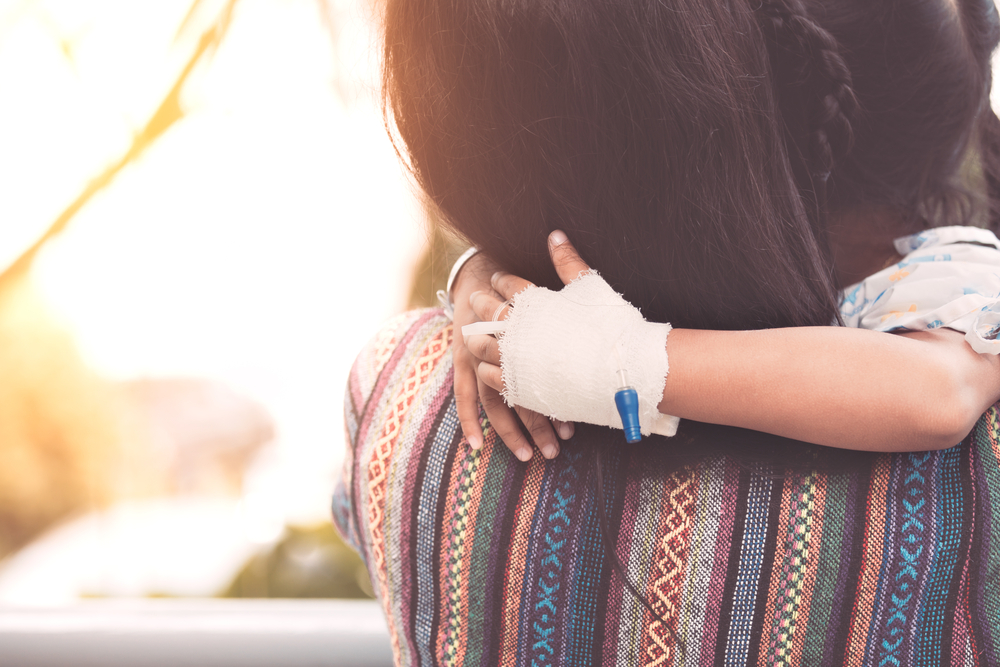Intravenous Antibiotic Treatment at Home Is as Safe as in a Hospital, Review Concludes

Some children with severe infections who require intravenous antibiotics can be treated safely at home, according to a review of previously published studies.
The review in the journal The Lancet Infectious Diseases reported that none of the studies found that home-based treatment was riskier than hospital care. The review also noted that families prefer to treat their children at home, partly because it reduces costs. The article was titled “Inpatient versus outpatient parenteral antibiotic therapy at home for acute infections in children: a systematic review.”
An additional advantage of home care for cystic fibrosis patients, who are already at risk of airway infections, is that it prevents them from being exposed to people in hospitals with infections.
Researchers at the Royal Children’s Hospital and the Murdoch Children’s Research Institute in Australia conducted the study.
“Many children in hospital are on IV [intravenous] antibiotics,” Penelope A. Bryant, a co-author of the study, said in a press release.
“Most parents would prefer their children to be at home if it is safe to do so,” said Bryant, a professor and pediatric representative of the National Hospital-in-the-Home Society. “This study gives the evidence to support doctors to treat their patients with IV antibiotics at home while keeping them under daily medical review. If we can get children safely home even one day earlier, then that’s a good thing.”
The review covered 19 studies of children with various infections, including those that caused acute cystic fibrosis exacerbations. In many of the studies analyzed, the family was responsible for at-home care. In some cases, nurses managed the treatment.
Physiotherapists were occasionally involved in the home-based care of CF patients.
In most cases, doctors based their decision to treat children at home on patients’ preferences and the family’s distance from a care facility. They also took into account the severity of the infection and whether the family was likely to stick to the treatment.
Children who received treatment at home were usually treated longer than those in a care facility, the review noted. But safety was similar whether a patient was at home or in a hospital.
The review also showed that patients and their families were happier about being able to stay at home, and home treatment reduced costs by 30 to 75 percent.
“Children do better psychologically at home, they get better faster, they are less at risk of hospital-acquired infections, and dynamics are improved for the whole family,” said Naomi Katz, the other study co-author.
“It is likely that there are many patients currently being treated in hospital who could be treated at home, both in Australia and worldwide,” Bryant said. “And it’s not just IV antibiotics – other traditional hospital interventions could also be given outside the hospital environment. To see just how far-reaching into improving healthcare this type of program could be, further research is needed.”
Bryant and Katz said a clinical trial is needed to verify the review’s findings.
“We are currently looking at trying to prevent some patients from having to be admitted to hospital at all,” Bryant concluded.







